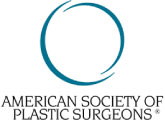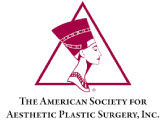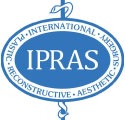Ears that protrude too far from the head can be a source of embarrassment for adults and children alike. Otoplasty corrects prominent ears by re-shaping the ear folds and setting the ears closer to the head. The aim of surgery is to create a very natural, “non-surgical” appearance.

How can it help?
Otoplasty is often done in childhood to avoid years of schoolyard taunts and bullying. In adults, the procedure can provide newfound freedom to wear your hair short or pulled back, something you may have spent a lifetime avoiding. For any age, the procedure improves self-confidence and self esteem.

Consultation
The first step when you are considering otoplasty is a consultation with Dr. Arianayagam. You should frankly discuss your goals and expections.
During the consultation he will ask you a variety of questions about your current health situation, medications, allergies and any past medical treatments.
He will then carefully examine your ears to assess the cause of the problem. Protrusion may relate to the concha, the cup shaped mid-portion of the ear, and/or the helical margin, the upper and outer half of the ear. After the examination, Dr. Arianayagam will discuss the options available and his recommendations.
Ideally, a second consultation is had a week or two later to give you the opportunity to come back with more questions and to confirm your decision.

Procedure
The particular surgical technique used will depend upon the causes for protrusion. It may be necessary to remove part of the concha to allow the ear to move closer to the side of the head. Stitches may also be used to roll the outer part of the ear into a more appropriate position. Sometimes a portion of the earlobe may also need to be corrected.
The procedure is performed at the Baringa Private Hospital under general anaesthetic, and takes approximately 2 hours. It is usually done as a day procedure, which means you will go home the same day.

Recovery
After surgery there will be a minor amount of swelling and bruising, which may take several weeks to subside. You will have a head turban dressing for 2 weeks and a head band for 10 weeks. Adults use the head band when at home, while children wear it at all times. All sporting activities are to be avoided over this period.
Frequently Asked Questions
In our experience, it is best to leave surgery until the child sees his or her ears as a problem, rather than proceeding to allay parental concerns. It is important that the ears are fully developed before proceeding.
Incisions are made behind the ear, so there will be no visible scars.
As with all surgical procedures, there will always be risks such as post-operative bleeding, allergic reactions, infection, deep vein thrombosis and haemotoma.
There are also some risks and complications that are specific to otoplasty.
Excess post operative pressure on the ears
There is minimal pain after this surgery. If pain is felt and it starts throbbing there is excess compression on the ear producing ischaemia (reduced blood supply). This will need review and adjustment of the dressing to relieve the compression and avoid partial loss of the ear due to excess pressure.
Assymetrical ears
Very occasionally otoplasty may result in asymmetry. It is important not to judge too quickly because it can take months for the results of your surgery to settle. However, if asymmetry remains a problem it is possible to address this with corrective surgery.
Re-protrusion of one or both ears
One or both ears may re-protrude, requiring further surgery.
Altered sensations around the incision site
Numbness after any surgery is common. This should be expected to last for several weeks or months following the procedure and can take as long as 2 years to resolve.












